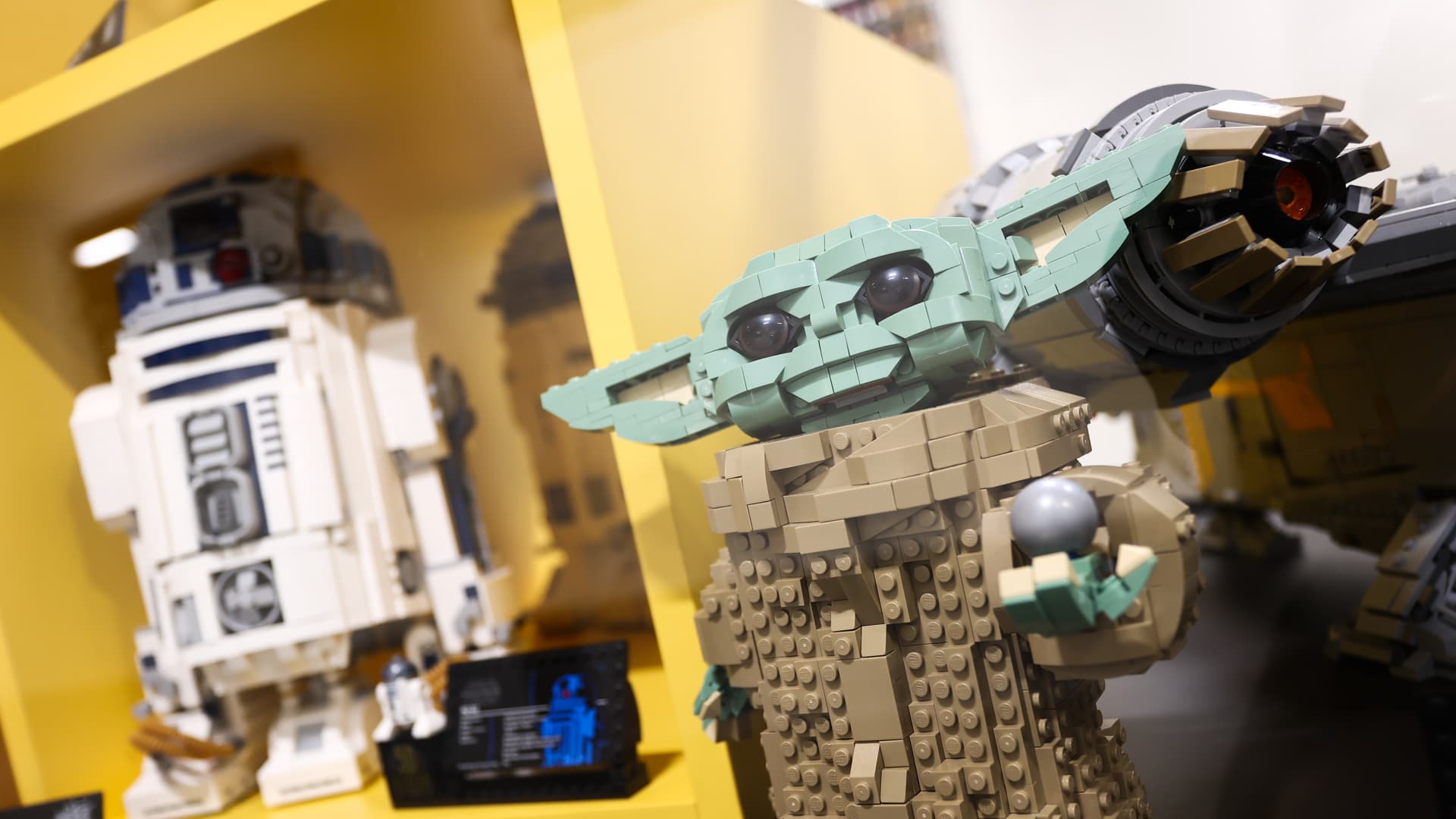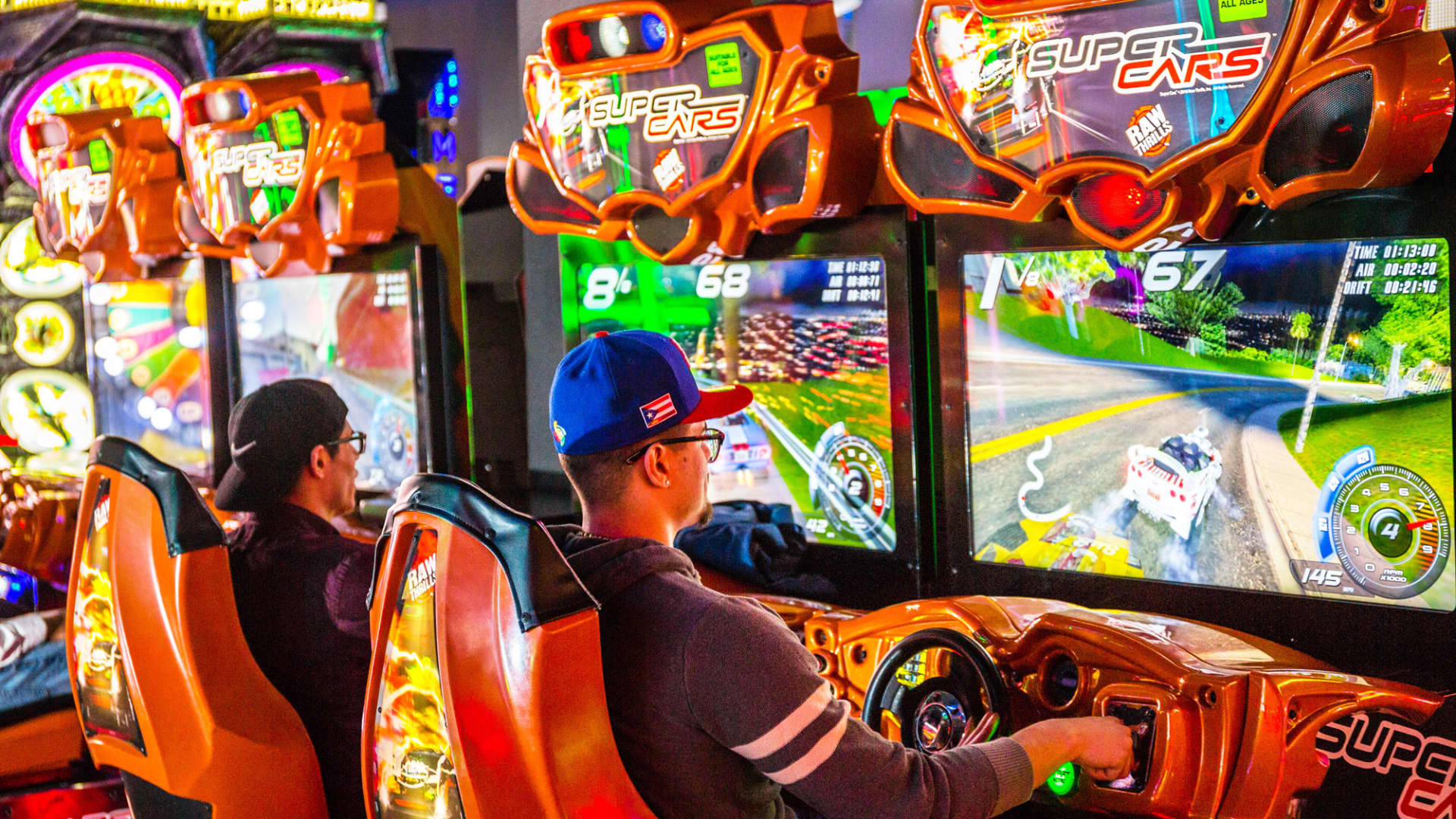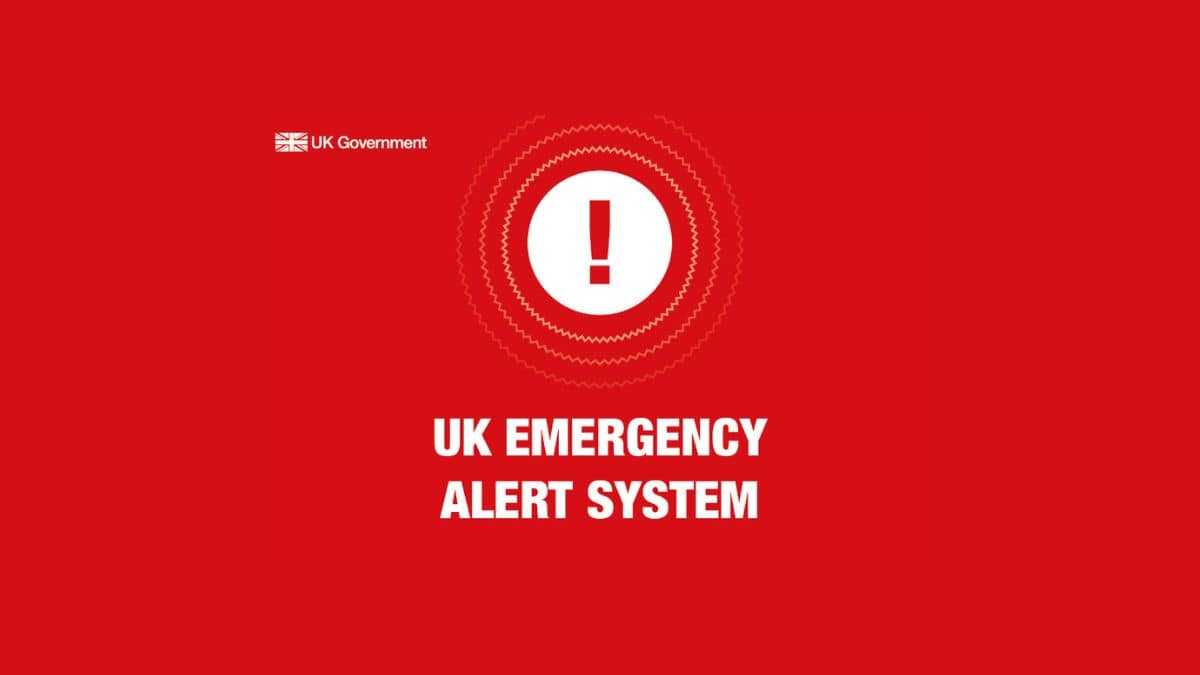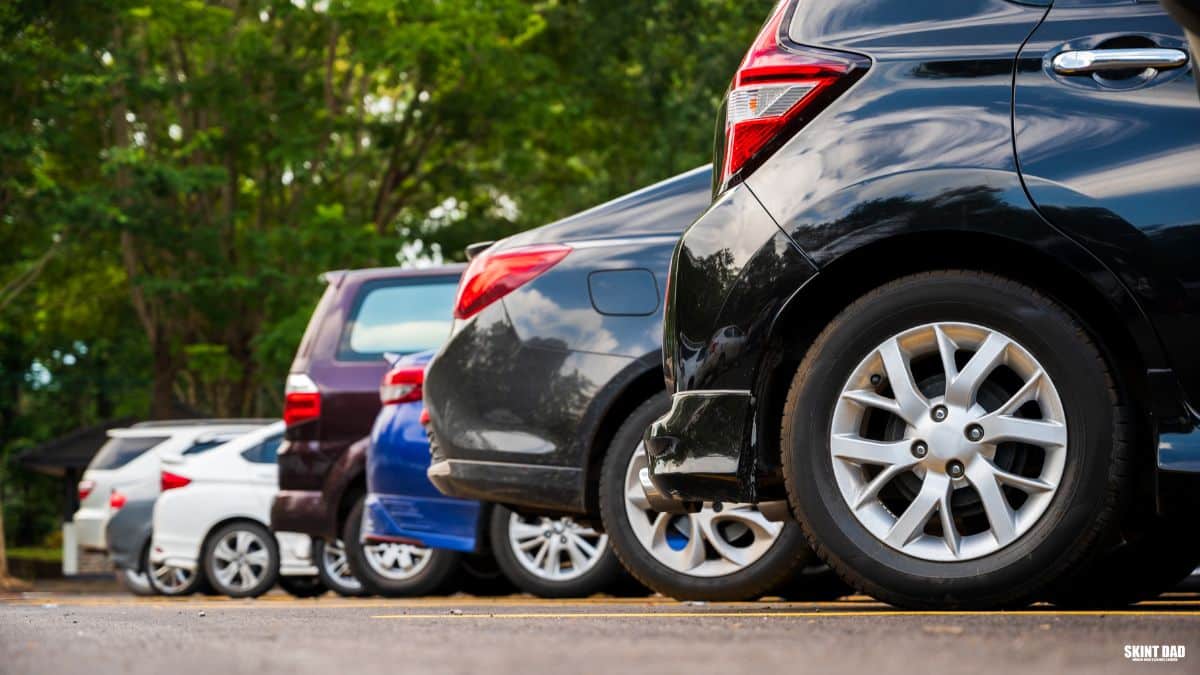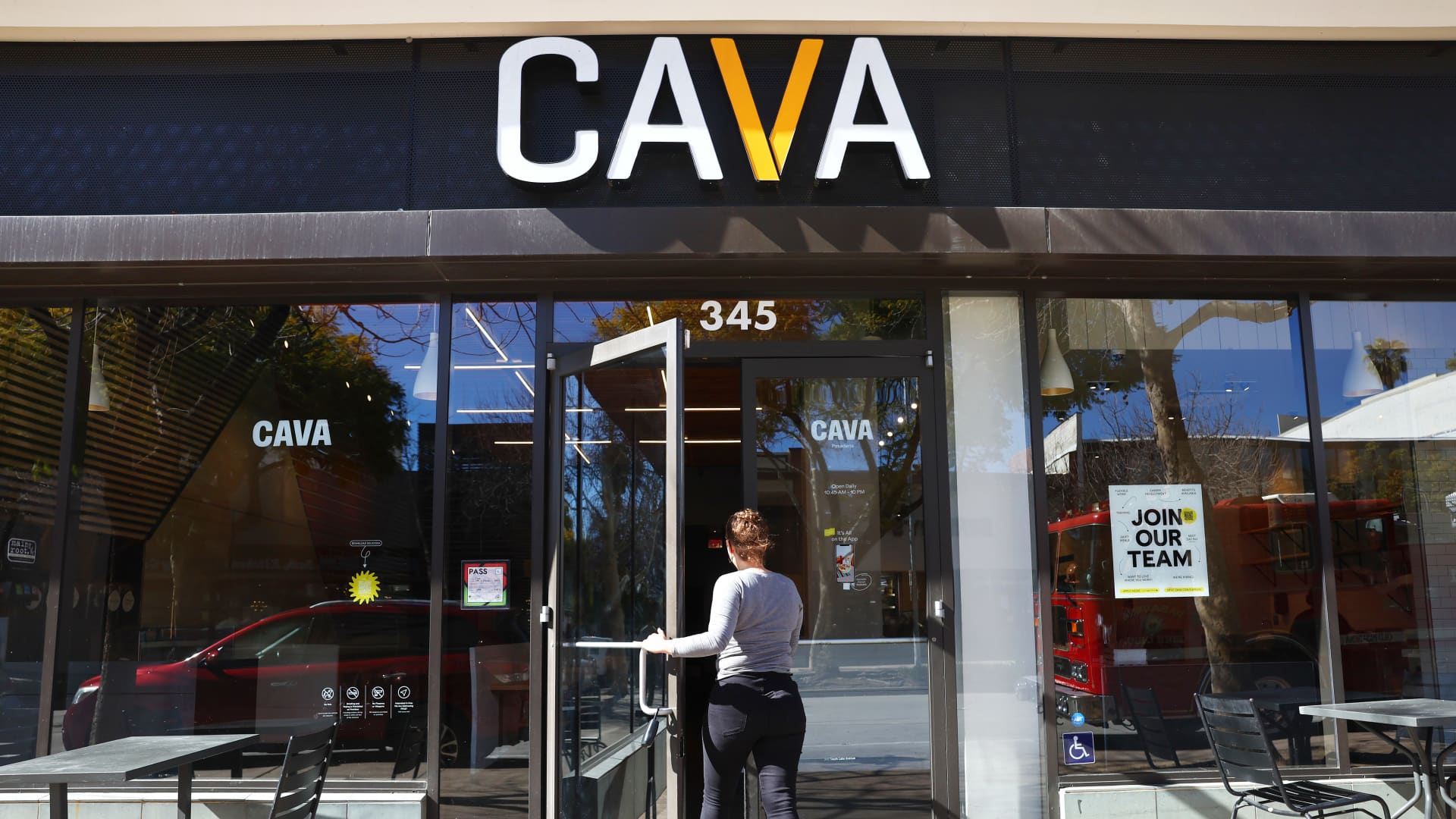
A customer enters a Cava restaurant in Pasadena, California, Feb. 6, 2023.
Mario Tama | Getty Images News | Getty Images
Fast-casual chains Cava and Sweetgreen each said customers are ordering delivery less often and instead picking up their own food, in a signal that diners are growing more thrifty.
Breaking a delivery habit is an easy way for budget-conscious consumers to cut back on restaurant spending. Delivery orders are typically more expensive, thanks to added fees and tips for delivery drivers. Sometimes restaurants even charge more for the food itself to offset the often-hefty commission fees they pay third-party delivery services.
All of that makes ordering food for pick-up an easy way to save money. With the exception of a few weeks this summer when restaurant software provider Toast charged customers 99 cents for online orders, eateries don’t typically add fees for pickup orders.
And, while some customers will be prompted for a tip when grabbing their own food, in an example of so-called “tipflation,” few will leave a gratuity on pick-up orders compared with delivery. Only 13% of consumers said they left tips when picking up takeout orders, according to a Bankrate survey from May 2023.
But delivery orders have also become an important contributor to restaurants’ revenue because customers’ receipt totals are higher. Fewer delivery transactions can hurt those companies’ mix, the combination of food, beverages and fees that make up restaurants’ revenue.
A shift away from delivery contributed to Sweetgreen’s weaker-than-expected sales in the second quarter, CFO Mitch Reback told investors on the company’s July 28 conference call. The salad chain reported quarterly revenue of $152.5 million, falling shorting of Wall Street estimates of $156.7 million.
Cava’s second-quarter sales growth wasn’t hurt by softening delivery sales, but the Mediterranean chain’s full-year forecast was cautious. After same-store sales growth of 28.4% for the first quarter and 18.2% for the second quarter, Cava is anticipating same-store sales growth of just 13% to 15% for the full year.
“We continue to see positive traffic trends into Q3. However, we are beginning to see a slight shift in delivery to pick-up and moderating overall same-store sales growth,” Cava CFO Tricia Tolivar said on the company’s conference call Tuesday evening.
Cava executives also cited broader economic concerns, like rising gas prices, for its tentative sales outlook.
Even fast-casual giant Chipotle Mexican Grill isn’t immune from the shift.
In late July, the burrito chain reported that its delivery service revenue fell 15.8% to $17.3 million. The revenue segment, which only includes the delivery and related service fees for orders made through the company’s app and website, accounted for less than 1% of Chipotle’s total revenue for the second quarter. Executives didn’t share more details about the delivery business on its conference call.
Still, the third-party companies making those restaurant deliveries haven’t seen the same weakness in their demand. Uber said its second-quarter delivery sales rose 14%, while DoorDash’s total orders climbed 25%.
Only Just Eat Takeaway.com, the owner of Grubhub, reported shrinking order volumes in North America for the first half of the year.
